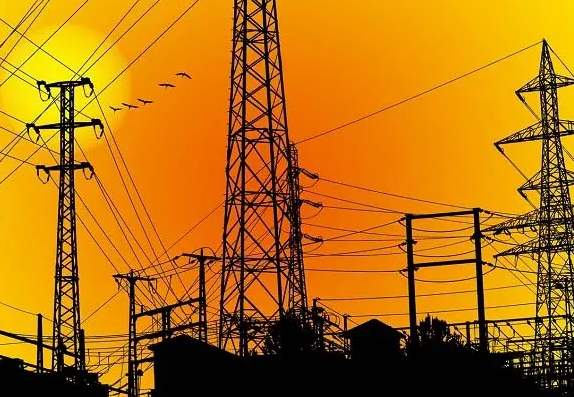The Manufacturers Association of Nigeria (MAN) is looking to see an upgraded power sector performance following enactment of the 2023 Electricity Act.
The MAN expected that dynamic implementation of the Electricity Act 2023 would increase private investment in renewable energy, enhance energy efficiency and improve electricity supply to the manufacturing sector.
Our correspondent reports that the federal government has set the sage for improved electricity supply to the manufacturing sector after years of significant denial making the sector highly unproductive and uncompetitive.
Thus a significant move to bolster economic growth and job creation, the government has pledged to ensure a reliable eight-hour power supply to Micro, Small, and Medium Enterprises (MSMEs) by 2024.
Similarly, the minister of power, Adebayo Adelabu, has said that the administration is reviewing the implementation process for a cost-reflective electricity tariff.
He said this via his Twitter (X) account recently.
The minister decried the lack of liquidity which is a significant challenge in the electricity market. As a solution, he said the administration is reviewing the implementation process of a cost-reflective tariff while ensuring continued government subsidy for vulnerable members of society.
In his statement, he pledged that the ministry of power stands ready to steadfastly support the Electricity Turnaround Agenda outlined by President Bola Ahmed Tinubu.
According to him, “The lack of liquidity remains a significant challenge in the electricity market. We’re reviewing the implementation process of a cost-reflective tariff while ensuring continued government subsidy for vulnerable members of society.”
The manufacturing sector is settling for positive economic growth that will be supported by the sector which it hopes will begin to manifest in the Q3, of 2024.
According to the MAN, in the course of the year 2024, sectoral real growth is expected to hit about 3.2 per cent while contribution to the economy will most likely exceed 10 per cent and the Manufacturers’ CEOs Confidence Index will rise above 55 points thresholds by the end of Q4 2023.”
The association is also hopeful that the emerging upward surge in global oil prices, domestic oil and gas production, local refining of petroleum products and projected gains of exchange rate unification would promote stability in the FX market and impact manufacturing positively from the second half of the year.
This would lead to reduction in the pressure on demand for forex and improve the inflow of export proceeds from oil and gas.
In addition the ongoing tax reforms and the envisaged bank recapitalisation will frontally address the challenges of multiple taxation and poor access to credits that have continued to limit manufacturing sector performance, if successfully implemented, the MAN asserted.
However, according to the ‘Manufacturing Sector Outlook for 2024,’ released by the director- general(DG) of MAN, Mr. Segun Ajayi-Kadir, the association anticipates some challenges in the first half of the year.
To ameliorate this, Ajayi-Kadir urged the government to consider the manufacturing sector as the key driver of sustained economic growth in the country and give the sector the priority that it deserved.
The DG, said, “Judging from the observed trend, it is obvious that the outlook for the manufacturing sector in 2024 may not be a positive one, at least in the first half of the year.
“The period will be challenging, with a subtle possibility of recovery from the third quarter. The envisaged recovery is highly dependent on the deployment of policy stimulus supported with a synthesis of domestic growth driven, export focused and offensive trade strategies.
“This will promote resilience, steady growth and ensure that the sector gains meaningful traction in the later part of the year.”
It added: “In broad terms, the year 2024 may start on a tough note for manufacturing but may end with some measured improvements because the envisaged policy reforms, improved commitment to domestic production and general positive outlook seams favourable for the sector.”
Ajayi-Kadir, noted that MAN’s projections for the manufacturing sector in 2024 were as follows,“Average capacity utilisation will still hover around the 50 percent threshold as the FX-related challenges and high inflation rate limiting manufacturing performance may linger until mid-year.”





